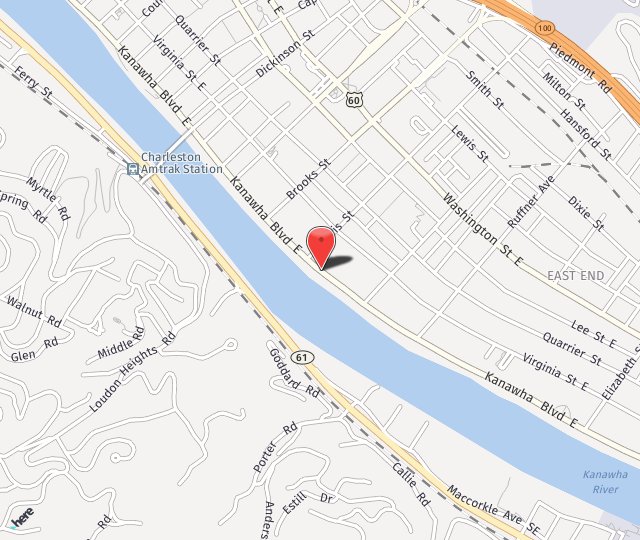Breast reconstruction is performed on women who have lost one or both breasts to mastectomy, or who lack breasts due to congenital or developmental abnormalities. The goal of breast reconstruction is to create a breast and nipple that resemble the natural breast as closely as possible in shape, size and position. A long as a woman is healthy, age is not a factor in whether she is a good candidate for breast reconstruction. However, women with health problems such as obesity and high blood pressure, and those who smoke, are advised to wait rather than have breast reconstruction immediately following mastectomy.
Types of Breast Reconstruction
Breast reconstruction is performed in several steps, and there are essentially two types. Which one is used depends on whether there is enough tissue on the wall of the chest to cover/hold an implant. Whichever type is used, a woman's breast surgeon and plastic surgeon should work as a team during reconstruction.
Implant/Tissue-Expansion Breast Reconstruction
Implant/tissue-expansion breast reconstruction involves inserting an implant in the chest after the skin has been stretched enough by an expander to contain it. First, the surgeon inserts a balloon expander beneath the skin and chest muscle where the reconstructed breast will be built. Then, during the next few weeks or months, a saline solution is injected through a tiny valve beneath the skin into the expander. As the expander fills with saline, it stretches the skin and creates a pocket for the implant. The expander is left in place to serve as the implant or replaced with a another one, which can be made of saline or silicone gel. A final procedure reconstructs the areola and nipple. Some patients do not require tissue expansion, which can take up to a year to complete, and begin reconstruction with insertion of the implant.
Autologous-Tissue Breast Reconstruction
Autologous-tissue breast reconstruction is used if there is not enough tissue left post-mastectomy to create a new breast using tissue expansion, or a woman does not want implants. During autologous-tissue breast reconstruction, a breast is created using skin, fat and, sometimes, muscle from other parts of the body. The abdomen, back, buttocks or thighs are all donor sites. The donor tissue, which is called a "flap," is either surgically removed and reattached (free flap) to the chest, or left connected to its original blood supply and "tunneled" through the body to the chest (pedicle flap). There are a number of different flap techniques; which one is used depends on the individual patient. Factors taken into consideration include how much extra tissue is available for transfer; the width and flexibility of blood vessels; and how large the breast(s) needs to be.
Implants may or may not be used with autologous-tissue breast reconstruction. Constructing a nipple and areola is performed in a separate surgery.
It is essential that a patient have reasonable expectations about the results reconstruction provides.
Recovery from Breast Reconstruction
Recovery varies widely based upon the type of procedure used for breast reconstruction, as well as whether reconstruction immediately follows mastectomy. Hospital stays range from 1 to 6 days. Patients are tired and sore for 1 to 2 weeks, and recovery takes 3 to 6 weeks. Compression garments are typically worn, and stitches are taken out in a week to 10 days. A surgical drain may be left in place to prevent a buildup of fluid in the reconstructed breast; if so, it is removed within 1 or 2 weeks.
Risks of Breast Reconstruction
In addition to the risks associated with surgery and anesthesia, those related to implant/tissue-expansion breast reconstruction include infection around the implant, implant leaks and ruptures, and implant deflation or shifting. Risks related to autologous breast reconstruction, depending upon the technique used, include fat necrosis, abdominal weakness, hernia and a mismatch between chest tissue and donor tissue.
Correcting reconstructive problems typically requires additional surgery.
Results of Breast Reconstruction
A reconstructed breast will not look the same as the original breast. And although a surgeon attempts to match the size, shape, position and other attributes of the remaining breast, an exact match is not possible. To achieve symmetry, the remaining breast may be operated on to make it bigger or smaller, or to lift it.
In addition to not looking the same as the original, a reconstructed breast has little sensation, although there may be more when autologous tissue rather than an implant is used.


